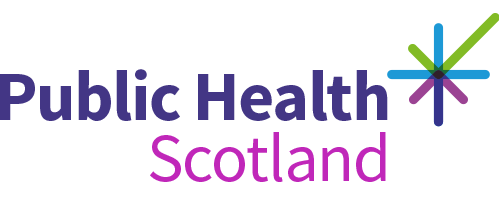Termination of pregnancy statistics
Year ending December 2024
Accredited official statistics
About this release
This release by Public Health Scotland provides an annual update on termination of pregnancy statistics for the period up to December 2024. Data are derived from the Termination of Pregnancy Submissions Scotland (ToPSS) system. Numbers and rates of termination are provided on a variety of characteristics such as previous termination, gestation and method of termination. The outcomes are described for Scotland, NHS board and local authority areas, and for age, ethnicity and deprivation sub-populations where numbers are sufficient.
User consultation: we seek your views on the following proposals
Findings reported in this publication do not differ substantially year to year. The reproductive and maternal health analytical team therefore seek your views on changing from a long-form publication to a summary publication of main points and new findings, in future.
Ongoing surveillance of demand for, and accessibility of, termination services will continue to be essential for understanding need for prevention of unintended pregnancy and service planning and therefore, except for Table 6.2, all currently available tables will continue to be published along with the summary report. Further details about the proposed changes are available on page 2 of the main termination report.
If you have any concerns or comments on these proposed changes, please email: phs.maternitystats@phs.scot
Main points
- In 2024 there was a slowing of the rate of increase in the number of terminations undertaken in Scotland. There were 3% more terminations undertaken: 18,710 compared to 18,242 in 2023. This compares to a 10% increase in demand on services in 2023. However, over a longer time period there has been a sustained and substantial increase in demand for termination services, with the average monthly number increasing by 50% between 2015 and 2024.
- While termination service demand slowed overall, termination rates decreased for women living in the least deprived areas and as a result inequalities in termination rates by deprivation have increased. The termination rate in the most deprived areas (24.5 per 1000 women aged 15 to 44 years) was double that of the least deprived areas (12.2), and previous termination rates were three times higher for those from the most compared to the least deprived areas.
- The percentage of women accessing termination services before nine weeks' gestation has fallen from a peak of 84% in 2021 to 79% in 2024. Greater demand on services may be a contributing factor in this.
- Women living in remote small towns are least likely to access termination services before nine weeks' gestation. These women may face the double disadvantage of experiencing greater deprivation than those living in more remote and rural areas while also not having the benefit of the transport links and service proximity sometimes available to those living in more urban areas.
- In 2024 all NHS boards offered some form of early medical abortion at home. The most common method, accounting for 57% of all terminations, involved taking both drugs at home. Only 3% were surgical terminations.
Background
An abortion can be either induced (therapeutic) or spontaneous (miscarriage). This report focuses on induced abortions only. We refer to these as terminations of pregnancy to avoid confusion with spontaneous abortions. Surveillance data for all terminations of pregnancy in Scotland are entered onto the ToPSS system. Notifications of abortion are submitted separately by service providers to the Chief Medical Officer (Scotland).
Further information
The next release of this publication will be 26 May 2026.
General enquiries
If you have an enquiry relating to this publication, please contact Dr Sonya Scott at phs.maternitystats@phs.scot.
Media enquiries
If you have a media enquiry relating to this publication, please contact the Communications and Engagement team.
Requesting other formats and reporting issues
If you require publications or documents in other formats, please email phs.otherformats@phs.scot.
To report any issues with a publication, please email phs.generalpublications@phs.scot.
Older versions of this publication
Versions of this publication released before 16 March 2020 may be found on the Data and Intelligence, Health Protection Scotland or Improving Health websites.


